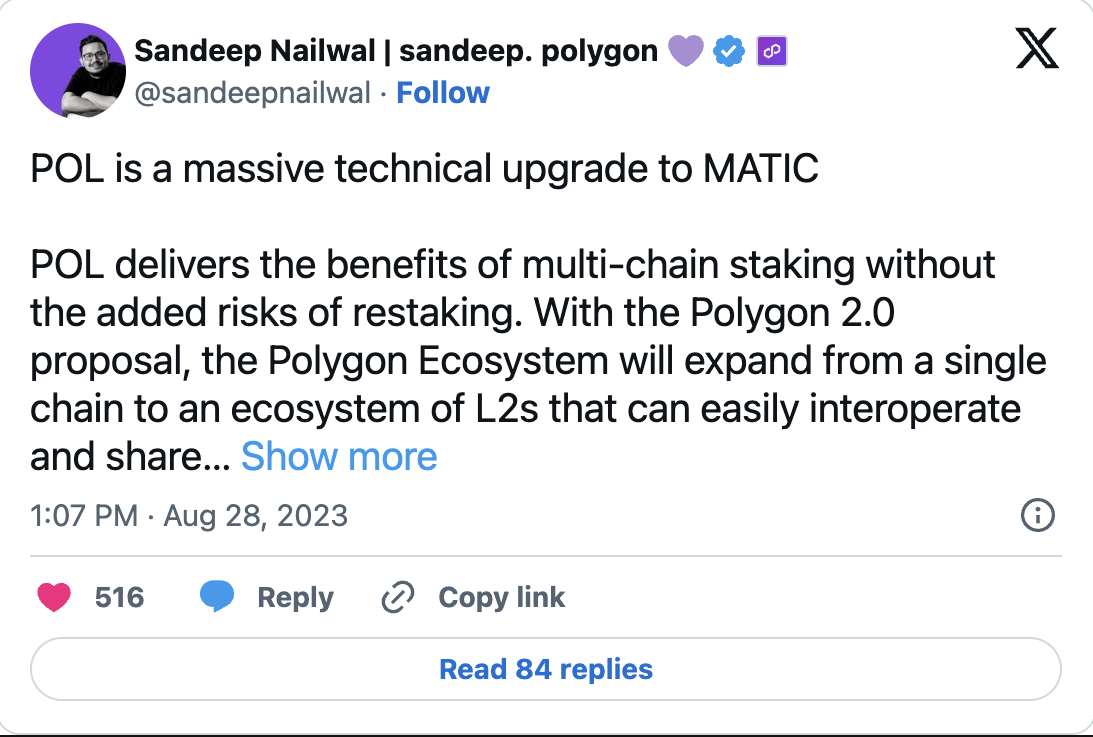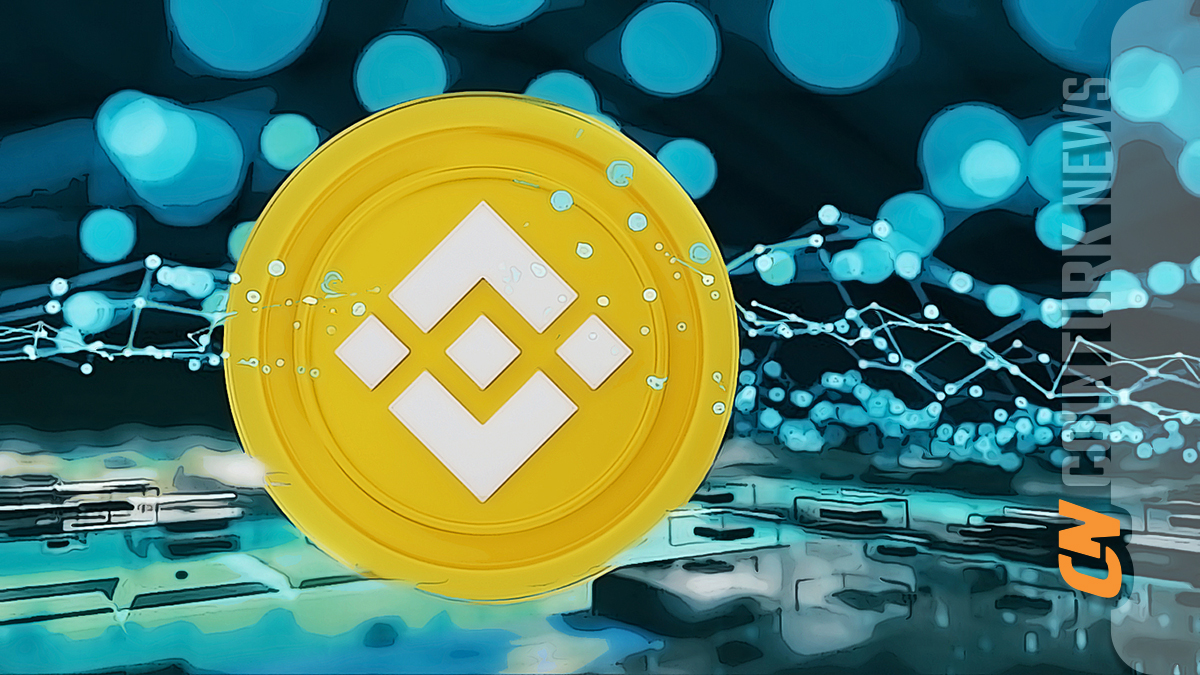A few months ago, Polygon made a groundbreaking announcement and revealed a significant technical advancement with its new Polygon Optimistic Layer (POL). This network update focuses on blockchain security and a high-speed ecosystem. Today, Sandeep Nailwal, the Founder of Polygon Labs, shared a detailed article about what this update means for MATIC token holders and the POL upgrade.
The Ecosystem Introduced with the New Update
Nailwal began by explaining POL and stated that it represents a tremendous leap in token design and redefines the security and operation of networks. Unlike traditional rollback systems, POL introduces the concept of “hidden rollbacks.” This concept allows users to recover their tokens without exposing themselves to additional risks. This innovation aims to enhance network decentralization by minimizing trust in third-party organizations and creating a more robust and secure ecosystem.
He detailed that the essence of this transformation lies in the Polygon 2.0 update. With this upgrade, the Polygon ecosystem seamlessly interacts with a dynamic Layer-2 solutions network that shares liquidity and operates on a single chain. In fact, Polygon’s Proof-of-Stake (POS) mechanism will evolve into a zk-supported Layer-2. As a result, validators will assume multiple roles, ranging from securing centralized guarantees to producing proofs and organizing transactions as sequencers.

The Power and Objectives of POL
POL will serve as the cornerstone of this advanced ecosystem. In Polygon 2.0, POL tokens will be staked at the center and contribute to securing multiple chains across the network. This transformative approach allows token holders to stake on various chains, assume different roles, and earn greater rewards without increasing their staked capital.
Nailwal, referring to the paradigm shift in token design as a “Third-generation token,” states that POL surpasses its limitations at this point. The token evolution included Bitcoin, where 1st Generation holders could not participate in network security. Similarly, the introduction of Ethereum brought 2nd Generation holders, allowing them to bet on network security. Now, the 3rd Generation introduces POL, enabling holders to secure multiple networks and assume various roles.
As the Polygon network undergoes this revolutionary upgrade, it sets a new benchmark for blockchain security, flexibility, and decentralized governance. The introduction of POL highlights Polygon’s unwavering determination to push the limits of what is possible in the crypto space.

 Türkçe
Türkçe Español
Español










